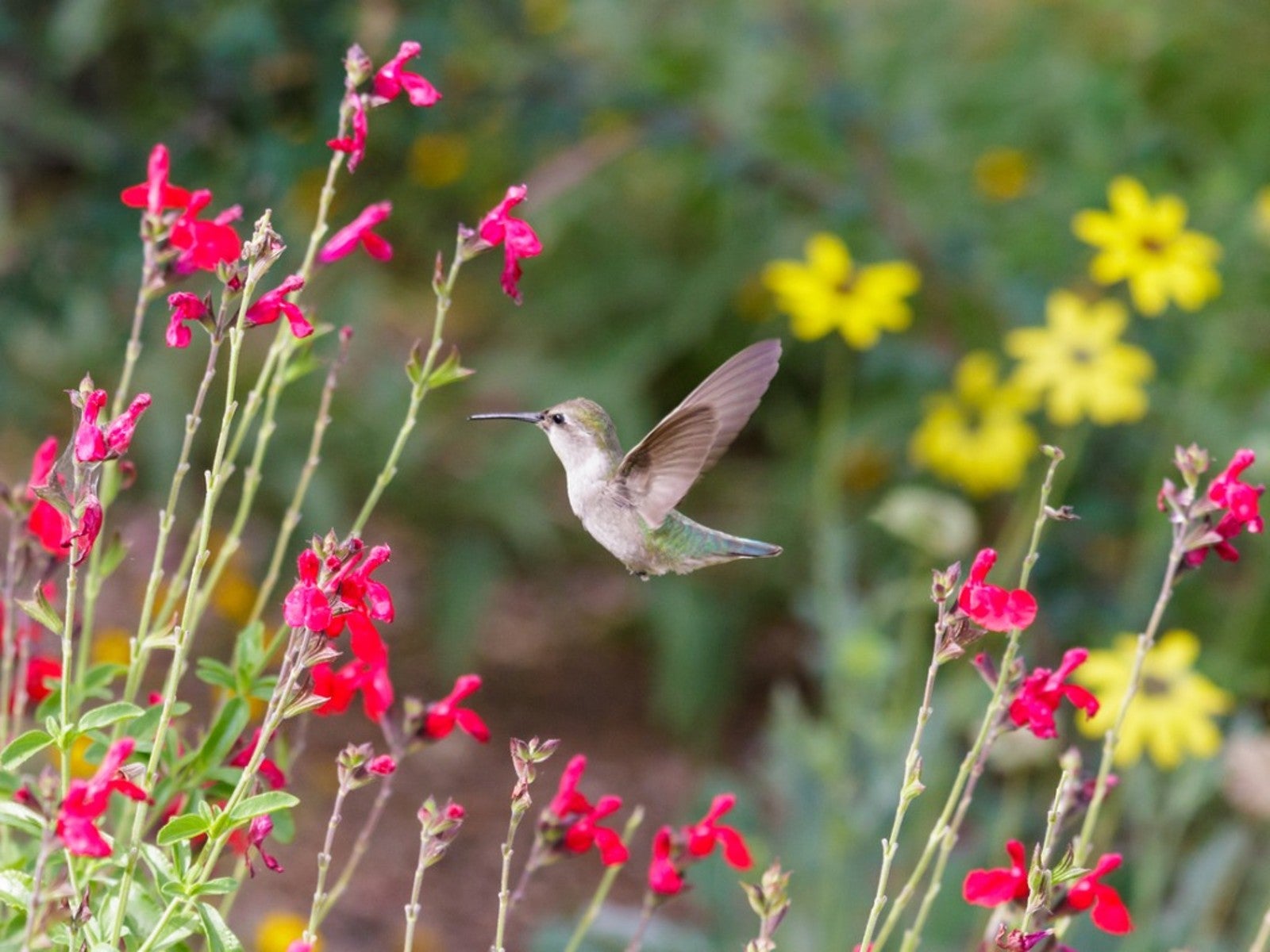Low Desert Plants And Gardening Advice


The low desert is an area in Southern California's Sonoran desert with an elevation of under 2,000 feet (610 m.). The soil is generally alkaline and contains few nutrients, which are challenging conditions for raising plants. Low desert plants that are native to the region will thrive, but introduced specimens need special care. Low desert gardening often requires soil amendment to introduce adequate pH and nutrients.
The arid conditions of a desert pose a problem for the water needs of plants. Using drought tolerant specimens is an excellent way to approach low desert gardening. Gardeners who want a bloom-filled landscape should look to a flower planting guide for the low desert. These are available from local Extension offices and native nurseries. A low desert planting calendar will also advise on when the correct times for planting items like vegetables and bare root plants are.
Tips on Gardening in the Low Desert
Working in a heavy layer of compost will increase the soil's tilth, add nutrients, and help conserve water. Compost may also be used as a side dressing in plants like vegetables. Most plants prefer an average soil pH of 6.0-7.0. To achieve this in heavy clay or rocky soil, add sulfur to lower the pH and make the dirt more hospitable for plants to uptake nutrients and water. It is important to learn plant water needs. Some will need deep watering, while others may be adapted to periods of drought. Wild, native plants are often the best choice if trying to reduce water and conserve moisture.
Low Desert Planting Calendar
Timing of planting can help encourage germination and growth. Some plants grow best from direct sowing, while others require an early indoor start. Plants such as spinach, kale, fennel, carrots, beets, and basil may be started from seed in January. Those that perform best early from transplants are globe artichoke, mint, and thyme.
Most varieties of vegetable may be started from seed in early September. Here are some common vegetable seed planting times in low desert gardens:
- Corn- March through April, June through August
- Lettuce- January through February, October through December
- Summer Squash- March through July
- Carrot- January through February, September through December
- Cucumber- March through April, July to August
- Melon- March to August
- Radish- January through February, October to December
- Pepper- January through July
- Peas- January through February, September through December
- Turnip- January through February, September through December
- Tomato- January through February, June to July
Flower Planting Guide for the Low Desert
There are two growing seasons in the low desert. Cool season annual plants may be planted in late summer or early fall. Warm season plants are best planted just after the last frost, when the soil is workable and warming. Select perennials carefully, as many are considered annuals in this region where they do not receive adequate winter chill for dormancy and heat levels may be to too high in summer for them to survive. Flowering plants that are good perennials for low desert gardens are:
- Bee balm
- Carnation
- Desert milkweed
- Dusty miller
- Evening primrose
- Gazania
- Geranium
- Globe Mallow
- Jupiter's Beard
- Penstemon
- Wild Hyssop
- Yarrow
Sign up for the Gardening Know How newsletter today and receive a free copy of our e-book "How to Grow Delicious Tomatoes".

Bonnie Grant is a professional landscaper with a Certification in Urban Gardening. She has been gardening and writing for 15 years. A former professional chef, she has a passion for edible landscaping.